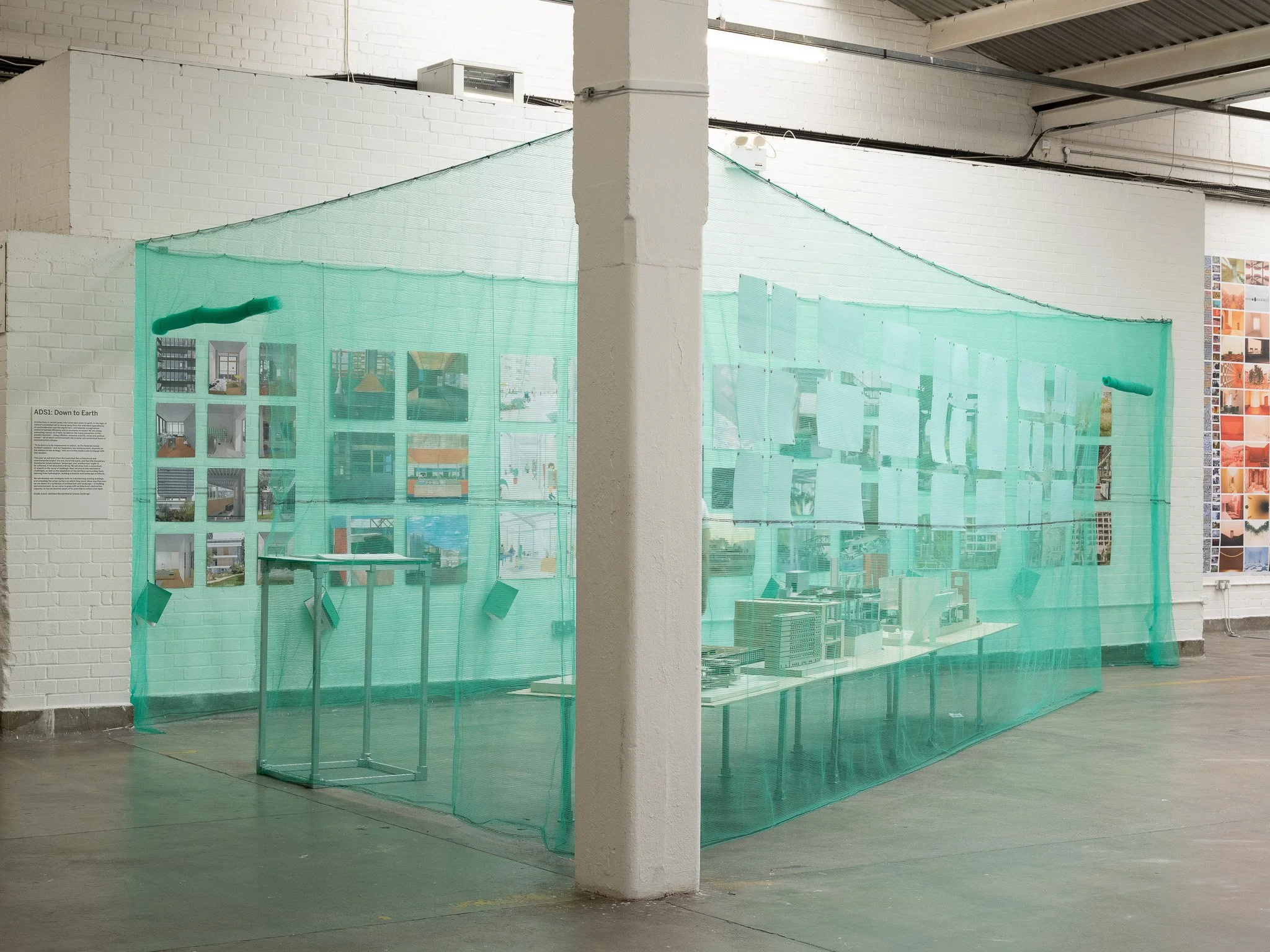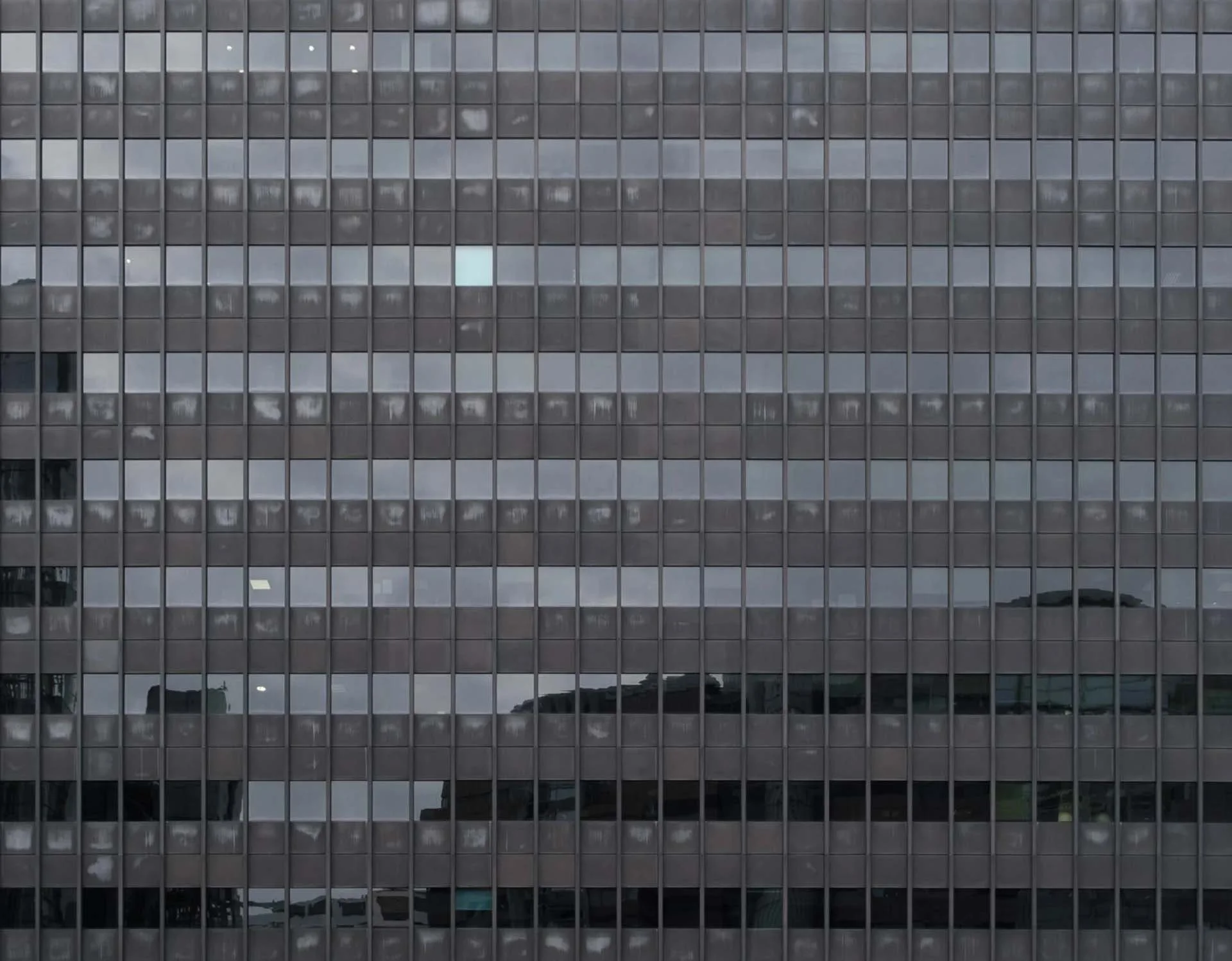Royal Collage of Art, 2023: Down to Earth
Led by tutors Matthew Blunderfield & Andrea Zanderigo, the students of RCA diploma unit ADS1 2023 have developed architectural proposals that embrace the interrelationship between the reuse of buildings and the ecology of the landscapes in which they sit.
Exploring ways in which architectural interventions can open up the ‘built’ to the ‘un-built’, these projects are typified by a positive effort to smudge any strict lines drawn between building and landscape and between the idea of a ‘project’ and the life of a structure over time.
Click on the images to visit the project pages.
From the ADS1 unit introduction:
‘Architecture, in recent years, has come back down to earth. In the logic of culture’s pendulum we’ve swung away from the unbridled expenditures of postmodernism and the digital turn, and towards a pragmatism rooted in humble efficiency and an economy of means. We are slowly correcting course, as it were, to address the many precarities of this present moment – rising inflation, resource scarcity, social and political unrest – all of which unfold beneath the broader and existential threat of environmental collapse. "To be born is to be shipwrecked in nature,” as the historian Irenée Scalbert explains, “and our happiness, our existence even, depends on the wisdom of our ecology." And so it is this studio’s aim to engage with this wisdom. This year we will work from the basis that the architectural and environmental project are one and of the same, and that the disciplinary boundaries drawn between ‘landscape’ and ‘architecture’ ought to be softened, if not dissolved entirely. We will draw from a consortium of experts in the reuse of buildings, their structural and mechanical challenges, as well as the adaptation of the territory surrounding them, learning from hydrologists, building scientists and landscape architects. We will develop new strategies both for transforming existing buildings, and unsealing the urban surface on which they stand. More now than ever we are aware of a symbiosis of architecture and landscape – of building and environment. As we come to grips with architecture’s destructive capacity, so too we become aware of its potential to restore and repair.’
Hinterchange by Sam Coldicott
The hinterland is a term to describe the regions lying beyond major metropolitan or cultural centres. It is typically a place that revolves around agriculture and farming, working the land to feed the hungry city. This project aims to question the westernised acceptance of the way we grow, cook and eat food, as well as readdressing these rituals within the urban public realm, encouraging the conviviality of cooking and eating, socialising and enjoying public space.
Inhabiting Wetness by Joanna Lake
The project explores how reinstated floodplains in the Lower Lea Valley can become experimental sites for the co-habitation of human and non-human ecologies. It approaches the architectural project as a process of un-building human infrastructures which have historically maintained a sharp line between what is dry and wet, clean and dirty, comfortable and uncomfortable, often at great ecological cost. It asks how interventions into the as found can become a means of propaganda; a suggestion of where humans do and don’t belong.
Stone Rush by Elza Liang
The quarry extraction in Portland left an abundance of stone lying everywhere on the island, unclaimed due to their colours, which can be considered as an opportunity, a resource, as construction material to reconstruct existing structure and transform it for future. use. There is no such thing as waste, just stuff in the wrong place. This is a journey to rediscover and reclaim waste stone and how to make use of them in the building
For centuries, this island has endured exploitation, its valuable products extracted and exported elsewhere. However, it is time to bring attention back to this very place. Through maintenance and care strategies, Stone Rush means to cleanse this island, breathing new life into the abandoned concrete structure, and transforming it into a stone institute that celebrates craftsmanship, well-being, and sustainability.
But this project is not just about restoration; it is a call to the construction industry to recognize and embrace the true value of stone. Therefore, through advocating innovation and collaboration among architects, engineers, students, and local stonemasons to come together, explore and experiment with Portland stone found in this island. Together, we will discover more efficient and effective ways to push the boundaries of what is possible.
The Park and an Ark by Izzy Farquharson
The past decade has witnessed the demise and closure of many department stores across the UK, primarily due to the seismic shift in our shopping habits into a predominantly digital world.
This project reuses a vacant 1960s-constructed Debenhams department store in the centre of Guildford, a building that is subject to occasional flooding and currently scheduled for demolition. It presents an alternative reuse strategy that seeks to reconnect the building with its surrounding environment and create a new, productive, educational and civic dialogue with both landscape and the river.
Bastion House and the Museum of London by Noriyuji Ishii
Critical Comfort negotiates the space between minimum comfort and the ceiling of the critical zone within which life on earth depends. The project reimagines instead of demolishing an existing building in the City of London as communal housing, saving energy by questioning the normative conditioning of interiors and cultural preconceptions of thermal comfort. Heating and cooling is considered foremost as an anthropological issue through use and habit, beyond a purely technical necessity of buildings. Expanding the sealed envelope fed by machines, the proposal follows a logic of heating less and bringing the thermal line closer to inhabitants, where thermal conditions may start to determine alternative, more thrilling ways of living, one that is closer to the joys of weather.
NOTES
Many thanks to Matthew Blunderfiled and Andrea Zanderigo for their help in compiling this post and to all the students for sharing their work with us.
Posted 26th September 2023.






